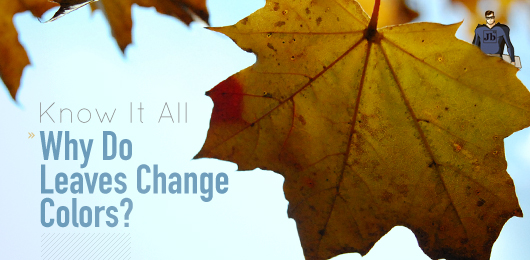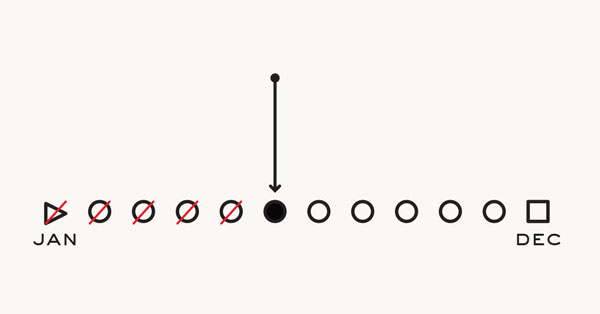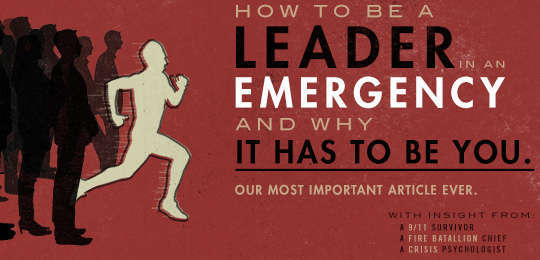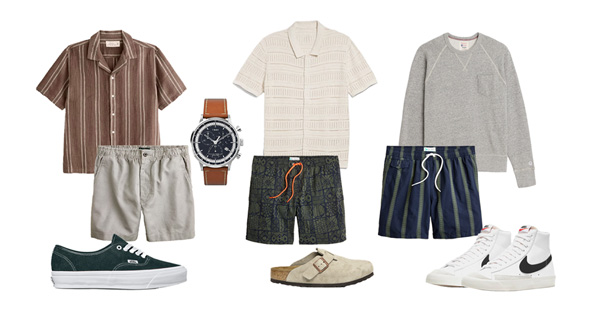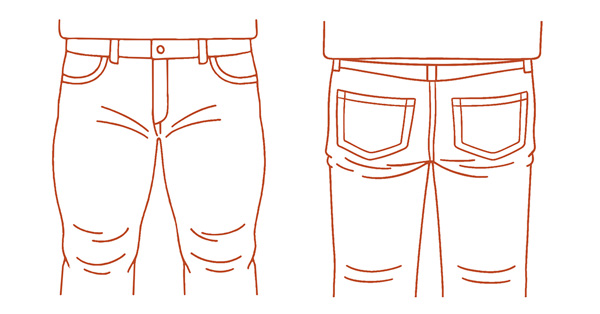Everybody has that moment when they realize they don’t know about something that they should probably know about. Whether it’s history, language, science, or cultural phenomena, you’ve felt the stinging personal embarrassment of a moment wherein you realize there’s some common knowledge that isn’t so common. Don’t feel bad; nobody knows everything. Nobody, that is, except me and my sidekick, The Internet!
Somewhere in the world, a confused soul begs the question…
Why do leaves change colors?
Every year, leaves stop being green in the Fall. Following this transformation, the leaves fall to the ground and curl into a crunchy, flaky death.
But why do the leaves change colors?
The common assumption is that “the tree is dying amidst the onset of cold weather and so, the tree’s extremities are the first part of the organism to wilt and die.” This is wrong and quite embarrassingly so — it’s surprising just how much of this stuff fails to stick with us, after fifth grade science.
The facts: a tree’s leaves are basically the tree’s food factories. If you’ll recall the process of photosynthesis, you will remember that a tree can make food for itself by combining water (from the roots), carbon dioxide (from the air), and sunlight (absorbed through the leaves). In the Fall, when the days get shorter, the amount of sun and water available to a tree drastically decreases. With less direct sunlight, leaves are suddenly far less useful for the tree, as they are no longer able to effectively participate in photosynthesis.
So, leaves don’t change color because they are dying from the cold or any other external factor – THE TREE ITSELF MURDERS THE LEAVES… in a manner of speaking. In order to conserve the precious resources available in the colder months, a tree will make sure to drain the chlorophyll (the green substance that makes photosynthesis possible) from all the leaves so that the leaves will die and stop mooching.
And when the extremely green chlorophyll makes like a tree and leaves (bang!), the leaves literally show their true colors, in the form of orange and yellow. Additionally, many leaves die with glucose and/or waste still stored inside and, as a result, the leaf will appear a weird muddled color of red, purple, or brown.
Now you know.



